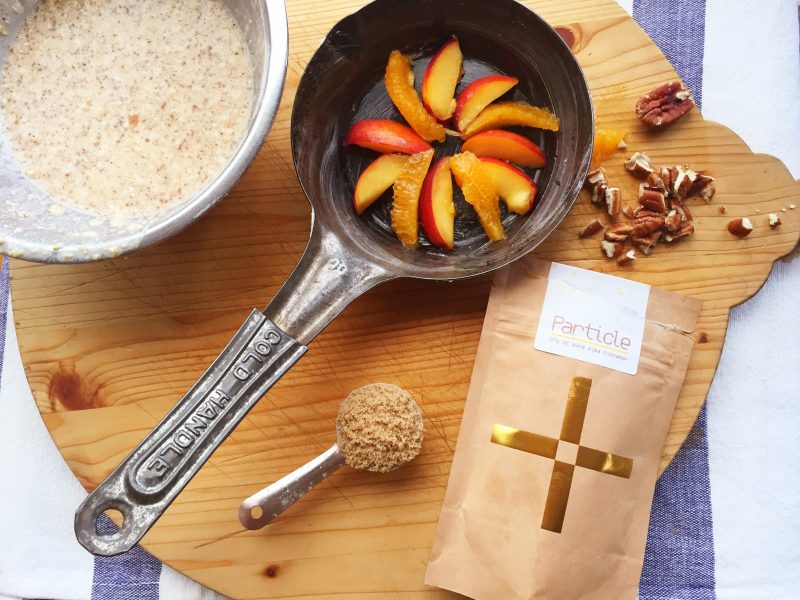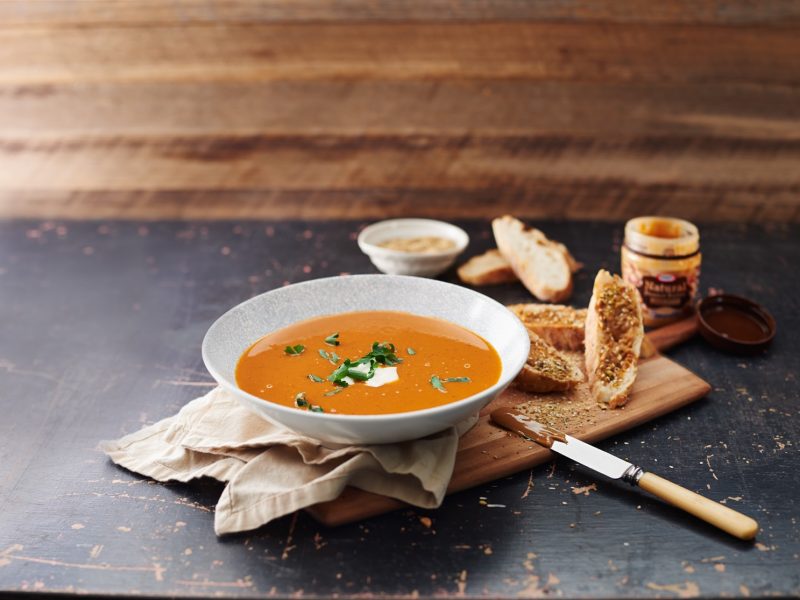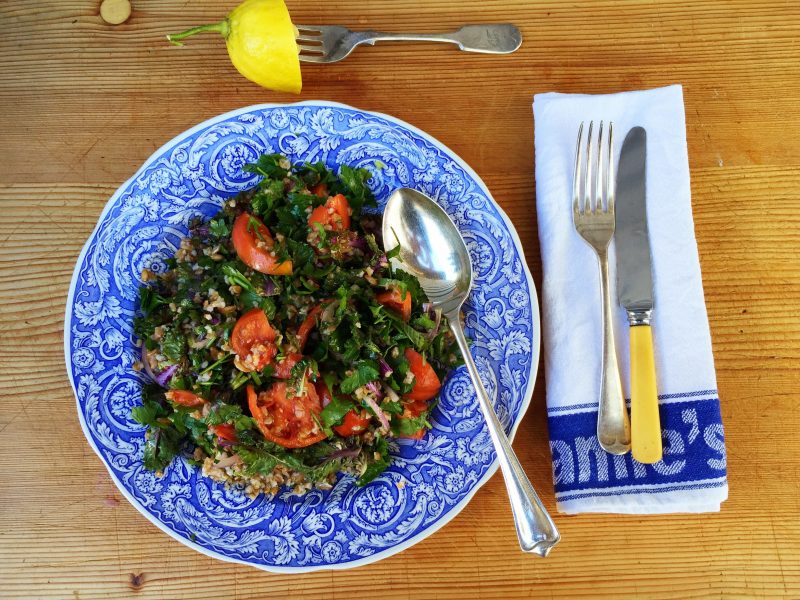The Scoop Nutrition team have had another great session this week running workshops for chefs on special diets and allergen management. When it comes to chefs and dietitians, I truly believe the twain can meet. There is a place for gourmet, dining out deliciousness, just as there is the right approach to everyday cooking for good health. As we move into finals week for MasterChef 2011 in Australia, the show has certainly created ongoing controversy. This week we share the views of another dietitian:
Kate Bullen is an Accredited Practising Dietitian who happily admits to loving chocolate. Kate is mum to two young children who have inspired her to recently launch www.doyoueat.com.au with another APD, Sophie McGough. The site provides dietitian online services and a free nutrition blog. Kate’s passion lies in making healthy eating simpler for everyone, and you will often hear Kate saying that food is there to be enjoyed.
I am a big fan of MasterChef. In fact I think anything that encourages home cooking has to be good. But sometimes I do sit there watching the show and wishing they would use a little less fat in their cooking, or add a few more vegies. So I thought it would be a useful exercise to ‘makeover’ one of the MasterChef recipes – to show that we can still have the wow factor of MasterChef but not blow all of our daily kilojoule allowance.
George’s Mum came along to a Friday night Masterclass and made this moussaka recipe. It looks delicious, authentic and rustic – but it’s also deceptively high in kilojoules. There are many things I like about this recicpe – the inclusion of eggplant is fantastic. But I think the nutritional value of this recipe could be greatly improved. So I went to work in my test kitchen:
|
Do you eat? Moussaka |
MasterChef Moussaka |
Bechamel
|
Bechamel
|
My method:
- Preheat oven to 180⁰C.
- Lay eggplant over a shallow tray or dish and sprinkle liberally with salt. Cover with muslin or a clean chux and set aside for 30 minutes.
- Heat a large frying pan or saucepan, add lamb and veal mince and cook until browned and meat breaks up. Add onion and sauté until softened. Add garlic, oregano, lemon thyme, rosemary and cinnamon quills and allow to cook for 3-5 minutes, stirring occasionally.
- Add crushed tomatoes, tomato passata, tomato paste and water, bring to the boil, reduce heat to low and simmer for ½ hour. Season with pepper to taste.
- Pat dry eggplant. With a pastry brush each eggplant slice with oil. Retain 1 tablespoon oil and place in hot fry pan. Pan fry eggplant on each side until golden yet still firm. Drain on paper towel.
- Steam potatoes until tender.
- For béchamel, melt butter in a heavy based saucepan. Add flour, stir over a low heat for 2 minutes.
- Slowly add warm milk, stirring continuously until thick. Add extra milk if sauce is to thick.
- Whisk in cheese and egg, season to taste.
- To assemble, oil casserole dish and layer as follows. Meat sauce, potato, sauce, potato, sauce, eggplant, sauce, potato, eggplant and remaining sauce. Cover with béchamel and grate extra cheese over.
- Bake for 45 minutes until browned and béchamel has set. Serve with plenty of green salad.
If you make the moussaka using the ingredients and method that I have outlined above you will save a whopping 5727kj (1363calories) for the entire recipe or 1400kj (340calories) per serve – yet I bet you won’t even notice the difference. To put this in context this saving equates to:
1400kJs = 1 ½ mars bars or 800ml Coke or Medium McDonald’s fries or McDonalds hot fudge sundae or 5 standard glasses of white wine.
5700kJs = 1 ¼ blocks Cadbury dairy milk chocolate or 3 litres Coke or McValue meal (Big Mac, Large fries, Large coke) AND a McDonalds ice cream cone or 2 ½ bottles white wine
The changes that I made were not anything radical, just a few modifications to improve the nutritional profile of this recipe – yet retain its authenticity and flavour. The key changes were:
- Removed olive oil to cook the mince. Typically mince has enough fat within the meat – so there is no need to add any extra oil for cooking.
- Removed pork mince as this is typically a high fat mince. Instead I replaced the pork mince with extra veal mince. Another option could be to reduce the amount of meat in this dish.
- Reduced the amount of olive oil and the technique for cooking the eggplant. It is important to cook the eggplant well otherwise the taste wont be enjoyable. But instead of frying the eggplant in oil I suggest to brush the eggplant with oil – greatly reducing the amount of kilojoules used in the recipe.
- Switched margarine for butter. This saved 700kj alone. A simple change that makes no difference to the béchamel sauce. Note I didn’t change the quantity to ensure the sauce still thickened.
- Changed the full cream milk to a reduced fat milk – small change – yet they all add up!
- Switched from full fat cheese to a mix of full fat parmesan (or keflagraviera if you can find it!) to retain the sharpness of the cheese, and some reduced fat cheddar cheese.
Editor’s comment:
Thanks Kate. I love the idea behind your blog – 2 dietitians teaming up together. And I agree for everyday eats it pays to lighten up. How else would I fit in my glass of wine (or two)? And from my understanding of the traditional Mediterranean Diet, nonna was not living on high fat moussaka alone. I chuck a good handful of brown lentils into my recipe and skip the potato all together. I’m a huge fan of MasterChef – they have definitely raised the culinary bar, but the show does at times give the impression you can have your macaron tower and eat it everyday too. Love to hear your thoughts dear readers. Is MasterChef creating couch potato cooks? Or unrealistic ideas of main meals at home? Or is it pure theatre?




